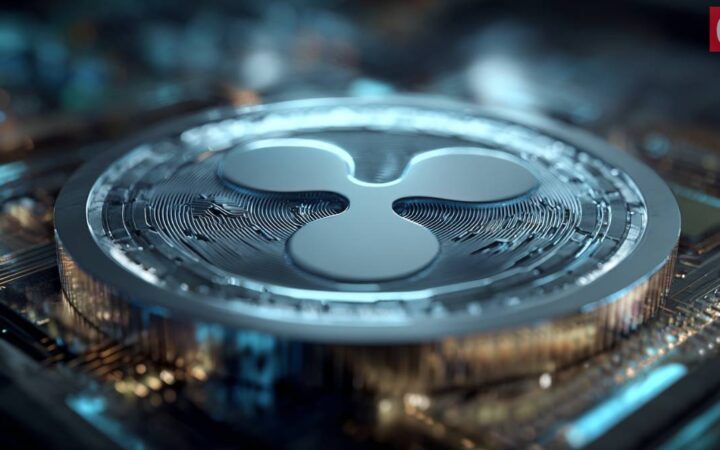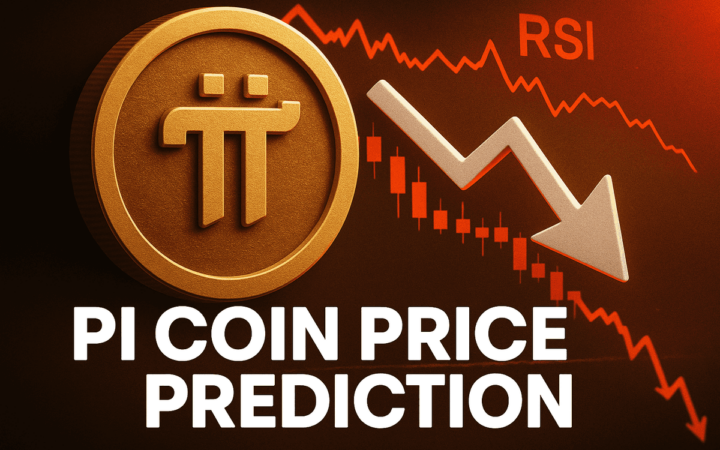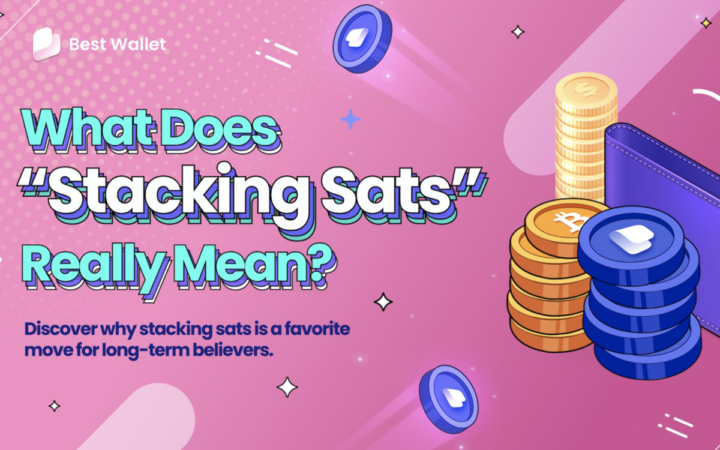
Is Solana (SOL) Secretly Dethroning Ethereum (ETH), Lightchain AI Reveals Shocking Insights

/Lightchain AI/ – The blockchain space has long been led by Ethereum (ETH), celebrated for its dominance in decentralized finance (DeFi) and NFTs.
But the landscape is changing with Solana (SOL) gaining traction thanks to its high speeds, low transaction costs, and growing ecosystem. Now, a new player is shaking things up: Lightchain AI (LCAI).
Offering a revolutionary blend of artificial intelligence and blockchain, Lightchain AI is not only redefining the competition but also launching its highly anticipated Lightchain AI Presale, which you can explore here. With Ethereum still tackling scalability issues and Solana innovating fast, LCAI adds an exciting layer to the evolving dynamics of blockchain technology.
Ethereum vs Solana: A Clash of Titans
Ethereum has been the cornerstone of blockchain innovation since its launch in 2015. Its smart contracts, decentralized applications (dApps), and robust developer community have made it the go-to platform for blockchain projects. However, its high gas fees and limited scalability have opened the door for competitors like Solana.
Ethereum’s Strengths and Weaknesses:
- Strengths:
- First-mover advantage in DeFi and NFTs.
- A vast ecosystem with thousands of dApps.
- Transition to Proof of Stake (PoS) has reduced its environmental impact.
- Weaknesses:
- High transaction fees (gas fees), especially during network congestion.
- Lower transaction throughput compared to newer blockchains.
- Scalability challenges despite Ethereum 2.0 upgrades.
Solana’s Competitive Edge:
- High Transaction Speed: Solana can process up to 65,000 transactions per second (TPS), far surpassing Ethereum’s 15 TPS.
- Low Fees: With average transaction fees below $0.01, Solana is a cost-effective alternative for developers and users.
- Growing Ecosystem: Solana’s DeFi and NFT platforms are gaining traction, attracting projects that prioritize speed and affordability.
Can Solana Truly Dethrone Ethereum?
While Solana’s advantages are clear, Ethereum’s dominance in market share and developer support remains a significant hurdle for its competitors. Solana’s ability to scale quickly has allowed it to grow its ecosystem, but it still lags behind Ethereum in terms of adoption and total value locked (TVL) in DeFi protocols.
Factors Supporting Solana’s Rise:
- Ease of Use:
Solana’s fast and low-cost transactions are appealing to developers building user-friendly applications. - Expanding Ecosystem:
Solana’s ability to host DeFi protocols and NFTs is slowly eroding Ethereum’s monopoly in these sectors.
Challenges for Solana:
- Centralization Concerns:
Critics argue that Solana’s high performance comes at the cost of decentralization, potentially exposing it to vulnerabilities. - Reliability Issues:
Solana has faced multiple network outages, raising concerns about its ability to handle sustained growth.
Lightchain AI (LCAI): A Game-Changer in Blockchain
Amid the competition between Ethereum and Solana, Lightchain AI (LCAI) is emerging as a transformative blockchain platform. By integrating artificial intelligence with decentralized systems, Lightchain AI offers solutions to many of the challenges faced by traditional blockchains.
Insights from Lightchain AI:
- Proof of Intelligence (PoI): Lightchain AI’s PoI consensus mechanism rewards nodes for performing meaningful AI computations, ensuring productive use of network resources while maintaining security.
- Artificial Intelligence Virtual Machine (AIVM): The AIVM powers advanced AI tasks directly on the blockchain, enabling real-time applications across industries like healthcare, logistics, and finance.
- Scalability and Sustainability: Lightchain AI’s architecture is designed for scalability, ensuring high throughput without sacrificing energy efficiency or decentralization.
Why Lightchain AI Stands Out:
- Lightchain AI doesn’t compete directly with Ethereum or Solana but complements their ecosystems by addressing real-world challenges.
- Its focus on AI-driven applications makes it a unique player in the blockchain space, offering unparalleled potential for innovation.
Comparative Analysis: Ethereum, Solana, and Lightchain AI
| Feature | Ethereum (ETH) | Solana (SOL) | Lightchain AI (LCAI) |
| Consensus Mechanism | Proof of Stake (PoS) | Proof of History (PoH) + PoS | Proof of Intelligence (PoI) |
| Transaction Speed | Moderate (15 TPS) | High (65,000 TPS) | High with AIVM |
| Transaction Fees | High | Low | Low |
| Use Case | DeFi, NFTs, Smart Contracts | DeFi, NFTs, Payments | AI-driven Blockchain |
| Sustainability | Moderate | Moderate | High |
The Future of Blockchain: A Triad of Innovation?
While Solana challenges Ethereum’s dominance in speed and cost, Lightchain AI introduces a new paradigm focused on AI integration and sustainability. Together, these platforms illustrate the diversity and evolution of blockchain technology.
Ethereum’s well-established ecosystem and strong developer community provide it with a significant advantage, while continuous upgrades and scalability solutions could help address its current weaknesses.
On the other hand, Solana’s low fees and high transaction speeds make it an appealing option for developers and users looking for efficiency. Its ability to rapidly expand its ecosystem positions it as a strong long-term contender in the blockchain space.
Meanwhile, Lightchain AI is carving out its own space in the industry by tackling real-world challenges through AI integration. With innovative features and a focus on sustainability, it complements both Ethereum and Solana while standing out as a unique player. Lightchain AI’s potential to revolutionize industries through its AIVM and PoI mechanism could make it a game-changer in the blockchain landscape over time.
These three platforms, each with its strengths and weaknesses, could potentially coexist in a triad of innovation, driving the evolution of blockchain technology and paving the way for future advancements. As competition drives progress, it remains to be seen which platform will emerge as the ultimate leader in the world of blockchain.
Take Action Before It’s Too Late
Ethereum’s steady growth and strong position are here to stay, but there’s plenty of room for exciting new players like Lightchain AI. This innovative altcoin brings game-changing applications, faster speeds, and an active, growing community. With its presale now live, this could be your chance to get in early and see impressive gains heading into 2025.
Don’t miss out – join the Lightchain AI presale today. Be part of a crypto revolution combining blockchain and artificial intelligence!
Website, Whitepaper, Twitter/X, Telegram.
Disclaimer: This publication is sponsored. Coinspeaker does not endorse or assume responsibility for the content, accuracy, quality, advertising, products, or other materials on this web page. Readers are advised to conduct their own research before engaging with any company mentioned. Please note that the featured information is not intended as, and shall not be understood or construed as legal, tax, investment, financial, or other advice. Nothing contained on this web page constitutes a solicitation, recommendation, endorsement, or offer by Coinspeaker or any third party service provider to buy or sell any cryptoassets or other financial instruments. Crypto assets are a high-risk investment. You should consider whether you understand the possibility of losing money due to leverage. None of the material should be considered as investment advice. Coinspeaker shall not be held liable, directly or indirectly, for any damages or losses arising from the use or reliance on any content, goods, or services featured on this web page.




